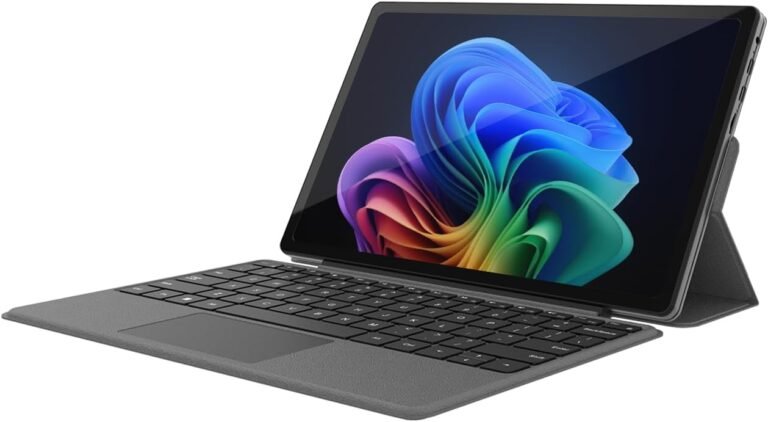
Motion sensors are transforming the way we interact with technology by allowing devices to respond intuitively to human presence and movement. Using motion sensors as input devices enables innovative applications in home automation, gaming, security, and accessibility. This article explores how to leverage motion sensors, with a focus on Passive Infrared (PIR) technology, to create interactive and responsive systems that enhance user experience.
Understanding Motion Sensors for Input
What Are Motion Sensors?
Motion sensors detect movement within an environment and convert this physical input into electrical signals that a microcontroller or computer can process. Among various types, the Passive Infrared (PIR) motion sensor is the most common for motion detection applications. Unlike active sensors, PIR sensors detect changes in infrared light emitted by warm objects such as the human body, without emitting any radiation themselves.
How Do PIR Sensors Work?
PIR sensors have a pyroelectric sensor behind a protective lens that detects infrared radiation in its field of view. Normally, the sensor outputs a LOW digital signal, but when it detects a change – typically caused by a person moving across its line of sight – it outputs a HIGH signal for a short period. This on/off digital output makes PIR sensors straightforward to integrate with microcontrollers like Arduino.
Using PIR Motion Sensors as Digital Inputs
Basic Setup with Arduino
To use a PIR motion sensor for interactive input, you can connect it to an Arduino microcontroller as a digital input device. Here’s the typical approach:
-
Hardware connections:
- Connect sensor power (+5 V) and ground to Arduino 5V and GND pins.
- Connect the sensor output pin to an Arduino digital input pin (e.g., pin 2).
- Optionally connect an LED and resistor to another digital output pin to signal detection.
-
Programming logic:
- Initialize the sensor pin as an input and the LED pin as an output.
- Continuously read the digital state from the sensor pin.
- If the sensor output is HIGH (motion detected), turn on the LED or trigger another action.
- If the sensor output is LOW, turn off the LED.
This simple digital reading mechanism allows you to incorporate motion detection into countless applications, including triggering alarms, lighting, or interactive displays.
Sample Arduino Code Snippet
int sensorPin = 2;
int ledPin = 13;
int sensorState = 0;
void setup() {
pinMode(sensorPin, INPUT);
pinMode(ledPin, OUTPUT);
Serial.begin(9600);
}
void loop() {
sensorState = digitalRead(sensorPin);
if (sensorState == HIGH) {
digitalWrite(ledPin, HIGH);
Serial.println("Motion detected!");
} else {
digitalWrite(ledPin, LOW);
}
delay(10); // Small delay for stability
}

Adjusting Sensor Sensitivity
Many PIR sensors come with adjustable potentiometers to fine-tune sensitivity and signal duration. This customization allows you to calibrate the sensor’s performance for different environments and user needs.
Enhancing User Experience with Motion Sensor Input
Practical Applications
- Interactive Lighting: Automatically turn lights on when someone enters a room and off when the room is empty, saving energy.
- Device Wake-Up: Use motion detection to wake computers or smart displays from sleep mode, preventing screen burn-in and conserving power (e.g., turning on a kiosk or digital photo frame when a user approaches).
- Security Systems: Trigger alarms, notifications, or cameras upon detecting unexpected movement.
- User Interface Controls: Replace traditional buttons with motion-triggered commands for accessible interfaces or hands-free controls.
- Entertainment and Gaming: Enable motion-based controls to interact with games or multimedia installations.
Integrating PIR Sensors with Raspberry Pi and Other Platforms
Beyond Arduino, PIR sensors can be connected to Raspberry Pi input extenders or custom “In & Out” HATs (Hardware Attached on Top). These setups allow motion signals to mimic button presses or digital inputs, expanding the possibilities for interactive projects such as photo booths or smart lighting effects.
Challenges and Considerations
- Environmental Factors: PIR sensors detect heat signatures, so pets, heating vents, or sunlight can cause false triggers.
- Sensor Placement: Position the sensor to maximize its detection zone while avoiding blind spots.
- Power Supply: Ensure stable and appropriate power to prevent sensor malfunction.
- Weatherproofing: Basic PIR modules are often not weather-resistant but can be sealed for outdoor use if needed.
Conclusion
Using motion sensors, particularly PIR sensors, as interactive input devices opens up a world of opportunities to create more responsive, energy-efficient, and user-friendly technologies. Whether for hobbyist projects or sophisticated home automation systems, integrating motion detection allows devices to better understand and react to human presence. By combining straightforward hardware wiring with simple programming logic, you can unlock new levels of interaction and convenience in your applications.
Further Exploration:
- Experiment by controlling servo motors or other actuators with motion detection.
- Build enclosures using 3D printing customized for your motion sensor setups.
- Combine multiple sensors and inputs for complex interactive behaviors.
Motion sensors continue to shape the future of natural user interfaces. Start exploring today and bring your devices to life with motion-driven input!









